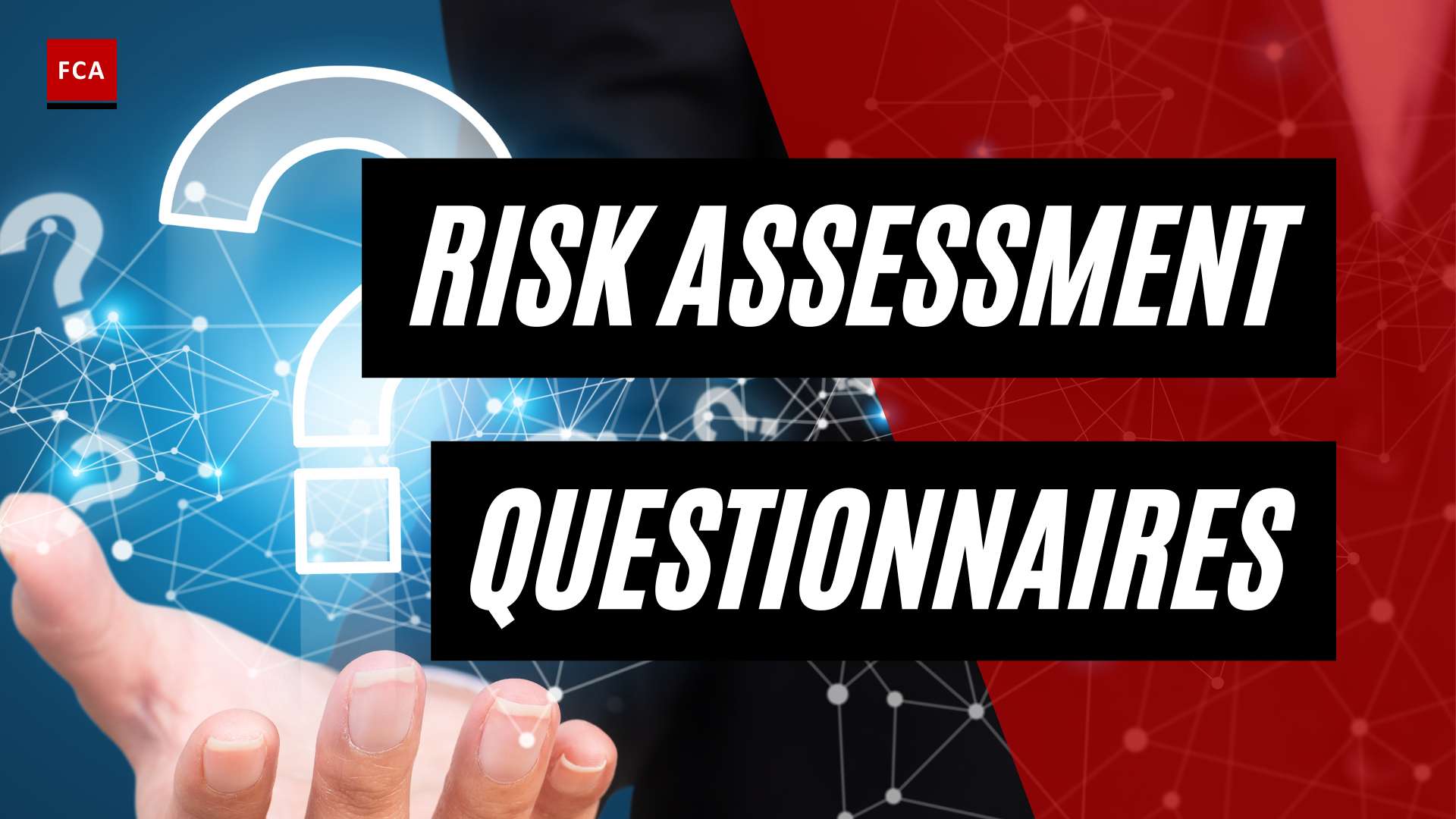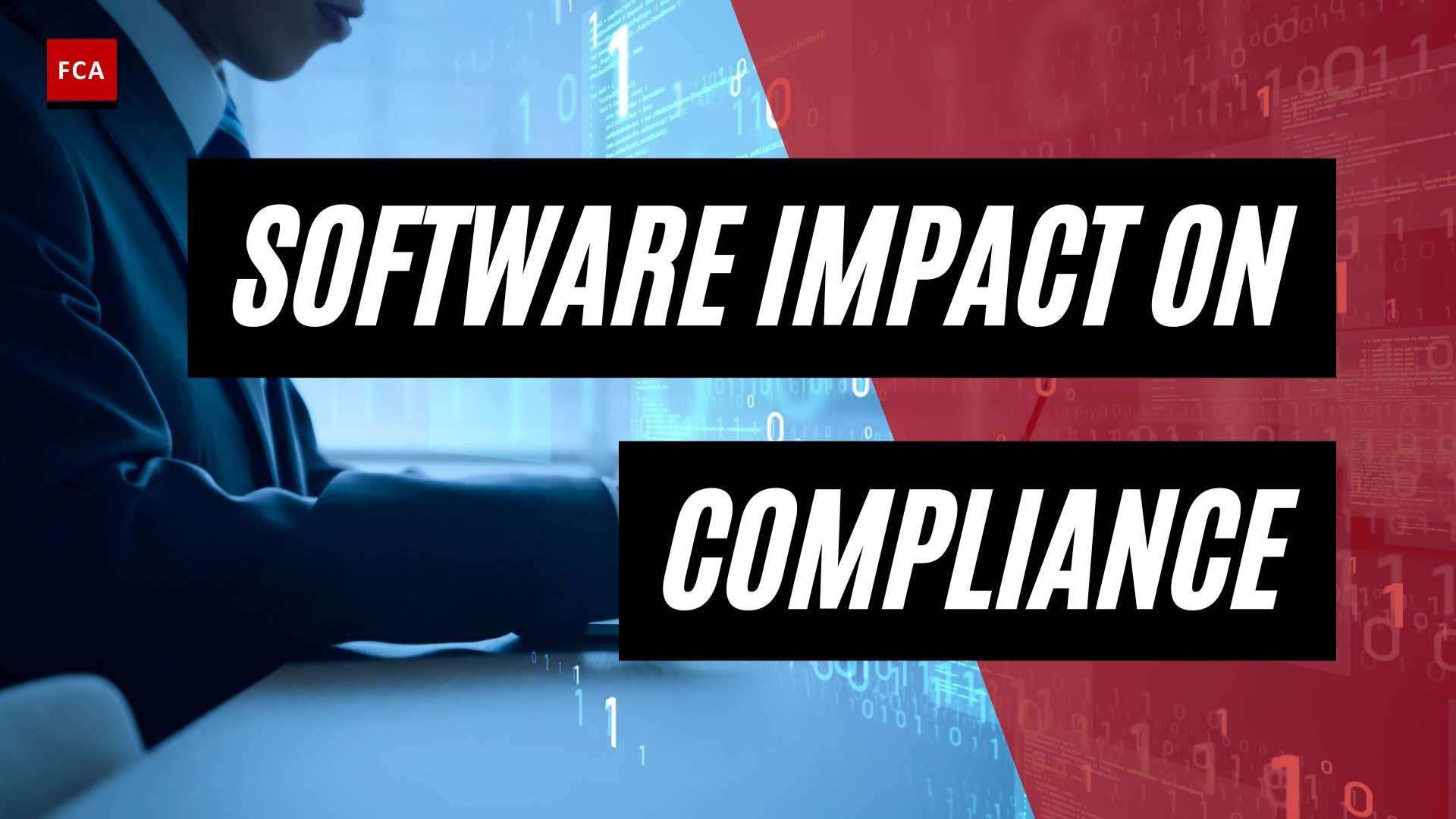The Importance of AML Compliance
In today’s global financial landscape, Anti-Money Laundering (AML) compliance plays a crucial role in safeguarding the integrity of financial institutions and preventing illicit financial activities. Understanding the AML framework and key regulations, such as the USA PATRIOT Act and Bank Secrecy Act, is essential for professionals working in compliance, risk management, and anti-financial crime.
Understanding the Anti-Money Laundering (AML) Framework
The Anti-Money Laundering (AML) framework is a set of laws, regulations, and procedures designed to combat money laundering, terrorist financing, and other financial crimes. The framework establishes guidelines that financial institutions must adhere to in order to detect, prevent, and report suspicious activities.
AML regulations are implemented by regulatory bodies to ensure that financial institutions, including banks, credit unions, and money service businesses, have robust systems in place to identify and mitigate the risks associated with money laundering. Compliance with these regulations is not only required by law, but it also helps protect institutions from reputational damage and severe financial penalties.
USA PATRIOT Act and Bank Secrecy Act: Key Regulations
Two key regulations within the AML framework are the USA PATRIOT Act and the Bank Secrecy Act (BSA). These regulations have significantly impacted the financial industry’s approach to AML compliance.
The USA PATRIOT Act (Uniting and Strengthening America by Providing Appropriate Tools Required to Intercept and Obstruct Terrorism Act) was enacted in response to the 9/11 terrorist attacks. The act expanded the scope of AML compliance by introducing measures to detect and prevent money laundering activities associated with terrorism. It requires financial institutions to establish a Customer Identification Program (CIP), conduct enhanced due diligence for high-risk customers, and implement comprehensive AML compliance programs.
The Bank Secrecy Act (BSA) is the foundation of AML regulations in the United States. It requires financial institutions to establish and maintain effective AML compliance programs, report certain transactions, and keep records of customer transactions to aid in the detection of money laundering. Financial institutions must comply with currency transaction reporting requirements, suspicious activity reporting, and other reporting obligations outlined by the BSA.
Understanding the AML framework and key regulations is vital for professionals in the financial industry. It helps them navigate the compliance landscape and implement effective AML processes and controls. To learn more about AML compliance best practices and regulatory guidance, refer to our articles on AML compliance best practices and FinCEN regulations and guidance.
By staying informed and adhering to the AML framework and regulations, financial institutions can contribute to a safer financial system and protect themselves from the risks associated with money laundering and other financial crimes.
Challenges in AML Compliance
Ensuring effective Anti-Money Laundering (AML) compliance is a complex task that comes with its fair share of challenges. In this section, we will explore two significant challenges faced by organizations in their AML compliance efforts: manual processes and limitations, as well as the increasing complexity of money laundering techniques.
Manual Processes and Limitations
Traditionally, AML compliance has been a labor-intensive process involving manual reviews, data entry, and document verification. These manual processes are time-consuming, prone to human error, and have limitations in terms of scalability and efficiency. With the ever-increasing volume and complexity of financial transactions, relying solely on manual processes is no longer sufficient.
Manual processes also pose challenges in terms of regulatory compliance. Compliance officers are tasked with staying up to date with evolving regulations, reporting requirements, and customer due diligence practices. Keeping track of these changes manually can be overwhelming and increases the risk of compliance breaches.
To address these challenges, organizations are turning to AML compliance software solutions. These solutions automate various aspects of the compliance process, streamlining workflows, and reducing the reliance on manual interventions. By automating tasks such as customer due diligence (CDD), transaction monitoring, and reporting, organizations can enhance the efficiency and accuracy of their AML compliance efforts.
Increasing Complexity of Money Laundering Techniques
Money launderers continually adapt their techniques to exploit vulnerabilities in the financial system. The increasing sophistication of money laundering techniques poses a significant challenge for organizations aiming to combat illicit financial activities.
Money launderers employ various methods, including structuring transactions, layering funds, and using new technologies like cryptocurrencies. These techniques are designed to obfuscate the true origins of funds and make it difficult for traditional compliance measures to detect suspicious activities.
As money laundering techniques evolve, organizations must stay ahead of the curve by leveraging advanced technologies and robust AML compliance software solutions. These solutions employ artificial intelligence, machine learning, and data analytics to detect patterns, anomalies, and potential risks associated with money laundering activities. By continuously enhancing their detection capabilities, organizations can better identify and mitigate the risks posed by increasingly complex money laundering techniques.
To effectively combat money laundering, organizations should adopt a proactive approach. This involves investing in ongoing training and education for their compliance teams, staying abreast of regulatory changes, and leveraging advanced technology solutions to detect and prevent illicit financial activities.
In the next section, we will explore the role of AML compliance software solutions in addressing these challenges and streamlining the compliance process.
Introduction to AML Compliance Software Solutions
As the landscape of compliance evolves, the use of technology becomes increasingly vital in combating money laundering and ensuring regulatory compliance. AML compliance software solutions have emerged as powerful tools in this endeavor. In this section, we will provide an overview of what AML compliance software is and discuss the benefits it offers.
What is AML Compliance Software?
AML compliance software refers to a suite of technological solutions designed to assist organizations in meeting Anti-Money Laundering (AML) regulatory requirements. These software solutions leverage advanced algorithms, automation, and data analytics to streamline and enhance the effectiveness of AML compliance efforts.
With the ever-increasing complexity of financial transactions and evolving money laundering techniques, manual compliance processes are becoming less efficient and more prone to errors. AML compliance software provides a comprehensive and systematic approach to identify, detect, and prevent money laundering activities.
These software solutions typically encompass various modules that address different aspects of the AML compliance framework, such as customer due diligence (CDD) and know your customer (KYC) processes, transaction monitoring, risk assessment, and reporting. By automating these processes, AML compliance software enables organizations to efficiently manage large volumes of data, identify suspicious activities, and ensure compliance with applicable regulations.
Benefits of AML Compliance Software Solutions
The adoption of AML compliance software solutions offers several key benefits for organizations:
-
Enhanced Efficiency: AML compliance software automates manual processes, reducing the need for time-consuming, repetitive tasks. This allows compliance teams to focus on more value-added activities, such as investigating suspicious transactions and conducting in-depth analysis.
-
Improved Accuracy: By leveraging sophisticated algorithms and data analytics, AML compliance software can analyze vast amounts of data with precision and accuracy. This reduces the risk of false positives and false negatives, ensuring that suspicious activities are promptly identified while minimizing unnecessary alerts.
-
Real-Time Monitoring: AML compliance software provides real-time monitoring capabilities, allowing organizations to detect and respond to suspicious activities in a timely manner. This proactive approach helps prevent potential financial crimes and minimizes the associated risks.
-
Comprehensive Reporting: AML compliance software generates comprehensive reports that facilitate regulatory reporting obligations. These reports help organizations demonstrate compliance with regulatory requirements and provide a clear audit trail of their AML efforts.
-
Scalability and Flexibility: AML compliance software solutions are designed to accommodate the unique needs of different organizations, regardless of their size or complexity. They can scale alongside the organization’s growth and adapt to evolving regulatory requirements, ensuring ongoing compliance.
When considering the implementation of AML compliance software, organizations should assess their specific requirements and select a solution that aligns with their operational needs and risk profile. It is important to consider factors such as scalability, integration with existing systems, and the ability to stay up-to-date with regulatory changes. For more insights on AML compliance best practices, you can refer to our article on AML compliance best practices.
In the next section, we will explore the key features provided by AML compliance software solutions, which assist organizations in effectively managing their AML compliance efforts.
Key Features of AML Compliance Software Solutions
AML compliance software solutions play a vital role in helping organizations combat money laundering and meet regulatory requirements. These software solutions offer a range of features designed to streamline and enhance anti-money laundering efforts. In this section, we will explore three key features commonly found in AML compliance software solutions: Customer Due Diligence (CDD) and Know Your Customer (KYC), Transaction Monitoring and Suspicious Activity Reporting (SAR), and Risk Assessment and Risk Scoring.
Customer Due Diligence (CDD) and Know Your Customer (KYC)
Customer Due Diligence (CDD) and Know Your Customer (KYC) are fundamental components of an effective AML compliance program. AML compliance software solutions provide tools to automate and streamline these processes, enabling organizations to conduct thorough due diligence on their customers and verify their identities.
By leveraging AML compliance software, organizations can collect and analyze customer data more efficiently, including personal information, identification documents, and transaction history. This helps to ensure compliance with regulatory requirements and identify any potential risks associated with customers. AML compliance software also facilitates ongoing monitoring of customer activity, enabling organizations to detect and address suspicious transactions promptly.
Transaction Monitoring and Suspicious Activity Reporting (SAR)
Transaction monitoring is a critical aspect of AML compliance, as it involves the continuous surveillance of financial transactions to identify any suspicious activities that may indicate money laundering or terrorist financing. AML compliance software solutions employ sophisticated algorithms to monitor transactions in real-time, flagging any unusual patterns or red flags.
Once potential suspicious activity is detected, AML compliance software enables organizations to generate Suspicious Activity Reports (SARs) for submission to the appropriate regulatory authorities. These reports contain detailed information about the suspicious transactions, allowing authorities to investigate and take necessary actions.
Risk Assessment and Risk Scoring
Effective risk assessment and risk scoring are essential in prioritizing resources and focusing efforts on high-risk areas. AML compliance software solutions provide tools to assess the risk associated with customers, transactions, and counterparties based on a variety of factors, such as transaction volume, geographic location, and customer behavior.
By utilizing risk assessment and risk scoring features, organizations can allocate resources more efficiently and effectively. This enables them to identify and prioritize high-risk entities for enhanced due diligence, ensuring that compliance efforts are targeted where they are most needed.
These key features of AML compliance software solutions enable organizations to strengthen their anti-money laundering efforts, minimize risks, and meet regulatory obligations. By automating and streamlining processes such as CDD and KYC, transaction monitoring, and risk assessment, organizations can enhance their overall compliance program and contribute to a safer financial system. For more information on AML compliance and best practices, check out our article on AML compliance best practices.
Considerations for Choosing AML Compliance Software
When selecting an AML compliance software solution, several key considerations should be taken into account to ensure its effectiveness and suitability for your organization’s needs. These considerations include scalability and flexibility, integration with existing systems, and regulatory compliance and updates.
Scalability and Flexibility
Scalability and flexibility are essential factors to consider when choosing AML compliance software. As your organization grows and evolves, the software should be able to accommodate increasing volumes of data and transactions without compromising its performance. The software should also offer flexibility in terms of customization and configuration to meet your specific compliance requirements. This includes the ability to adjust risk assessment models, adapt to regulatory changes, and incorporate new technologies or modules as needed.
Integration with Existing Systems
Integration with existing systems is crucial to ensure seamless data flow and avoid duplication of efforts. AML compliance software should be capable of integrating with your organization’s core systems, such as customer relationship management (CRM) platforms, transaction monitoring systems, and case management tools. This integration enables efficient data sharing, reduces manual data entry, and enhances the overall effectiveness of your compliance program. It is important to evaluate the compatibility and interoperability of the software with your existing infrastructure to ensure a smooth implementation and operation.
Regulatory Compliance and Updates
Compliance with regulatory requirements is paramount in the selection of AML compliance software. The software should align with the relevant regulations and guidelines, such as the Currency Transaction Reporting (CTR) requirements, USA PATRIOT Act Customer Identification Program (CIP), and BSA/AML Compliance Program. It should also support the implementation of enhanced due diligence for high-risk customers and facilitate AML training and awareness within your organization.
Additionally, the software should stay up-to-date with evolving regulatory standards and guidance issued by regulatory bodies such as the Financial Crimes Enforcement Network (FinCEN). Regular updates should be provided by the software provider to ensure compliance with the latest regulations and best practices. Consider the software’s track record of keeping up with regulatory changes and the availability of customer support or resources to assist with compliance updates.
By taking these considerations into account, you can select an AML compliance software solution that effectively addresses your organization’s needs and helps you stay ahead in the ever-changing landscape of AML compliance. Remember to assess the software’s scalability, integration capabilities, and its ability to meet regulatory requirements and adapt to future changes.
The Future of AML Compliance Software Solutions
As technology continues to advance, the future of AML compliance software solutions looks promising. These solutions are incorporating cutting-edge technologies to enhance their effectiveness and streamline the compliance process. In this section, we will explore some key trends that are shaping the future of AML compliance software.
Advancements in Machine Learning and Artificial Intelligence
Machine learning and artificial intelligence (AI) are revolutionizing the AML compliance landscape. These technologies enable AML compliance software to analyze vast amounts of data, identify patterns, and detect potential money laundering activities with greater accuracy and efficiency.
By leveraging machine learning algorithms, AML compliance software can continuously learn and adapt to evolving money laundering techniques. This helps financial institutions stay one step ahead of criminals and minimize false positives, thereby improving overall detection effectiveness.
AI-powered AML compliance software can also automate repetitive tasks, such as transaction monitoring and data analysis. This frees up compliance professionals to focus on more complex investigations and strategic decision-making, ultimately enhancing the effectiveness of AML programs.
Collaboration and Information Sharing
In the future, collaboration and information sharing will play a crucial role in AML compliance efforts. AML compliance software solutions are increasingly integrating capabilities that facilitate information exchange between financial institutions, regulatory bodies, and law enforcement agencies.
By fostering collaboration, financial institutions can share insights and intelligence related to emerging money laundering threats. This collective knowledge helps create a more comprehensive view of potential risks and enhances the ability to combat illicit financial activities.
AML compliance software with built-in collaboration features enables secure communication and data sharing, while maintaining regulatory compliance and data privacy. This collaborative approach strengthens the overall AML ecosystem and encourages a proactive stance against money laundering.
Regulatory and Compliance Trends
The future of AML compliance software solutions will also be shaped by ongoing regulatory and compliance trends. Regulatory bodies are constantly updating AML regulations to keep pace with emerging risks and changing criminal tactics. AML compliance software must adapt to these evolving regulatory requirements to ensure financial institutions remain compliant.
AML compliance software providers are investing in research and development to stay ahead of regulatory changes. They are continuously enhancing their solutions to provide robust compliance frameworks that address the latest regulatory standards.
Financial institutions must carefully consider regulatory compliance and updates when selecting AML compliance software solutions. Ensuring that the software can seamlessly integrate with existing systems and accommodate future regulatory changes is vital for long-term success.
As the AML compliance landscape continues to evolve, AML compliance software solutions will continue to advance. By embracing advancements in machine learning and AI, fostering collaboration and information sharing, and keeping up with regulatory trends, these solutions will play a crucial role in combating money laundering and ensuring the integrity of the financial system.








